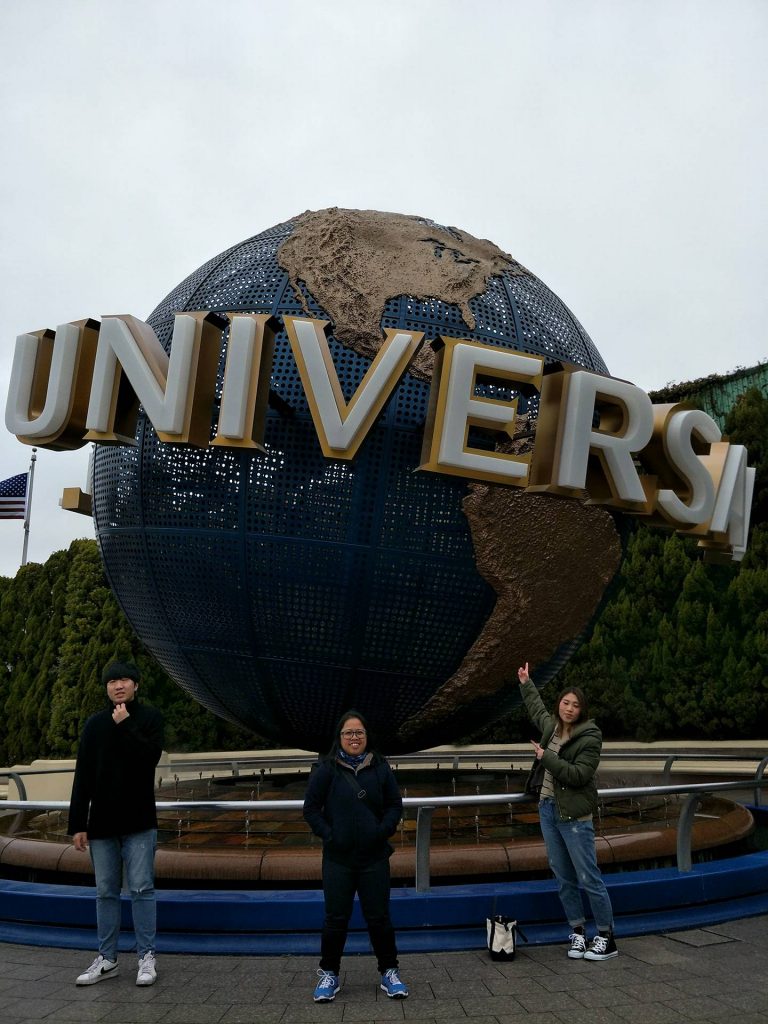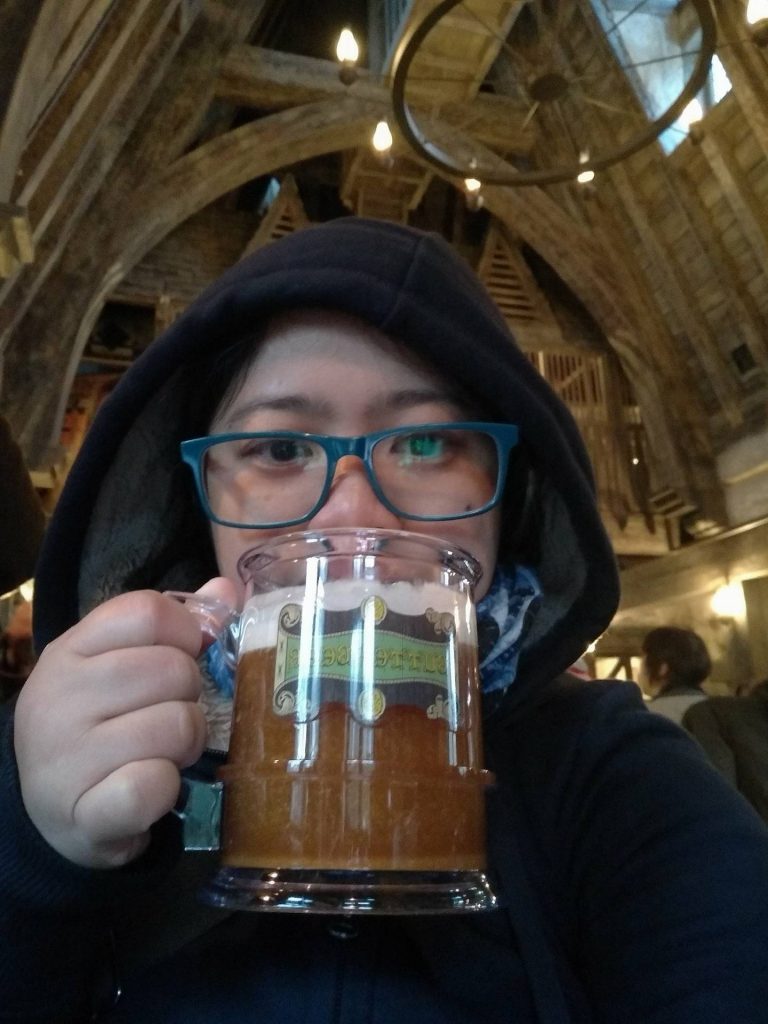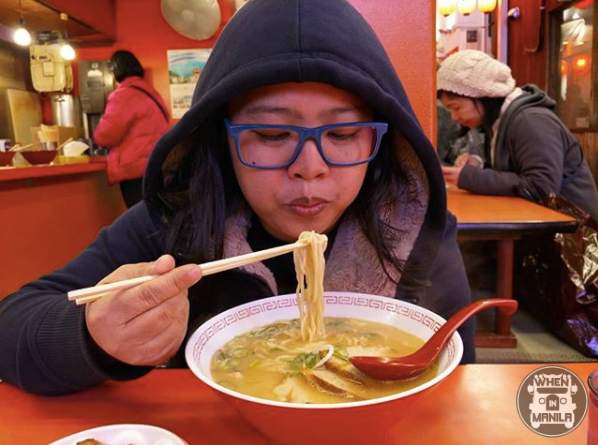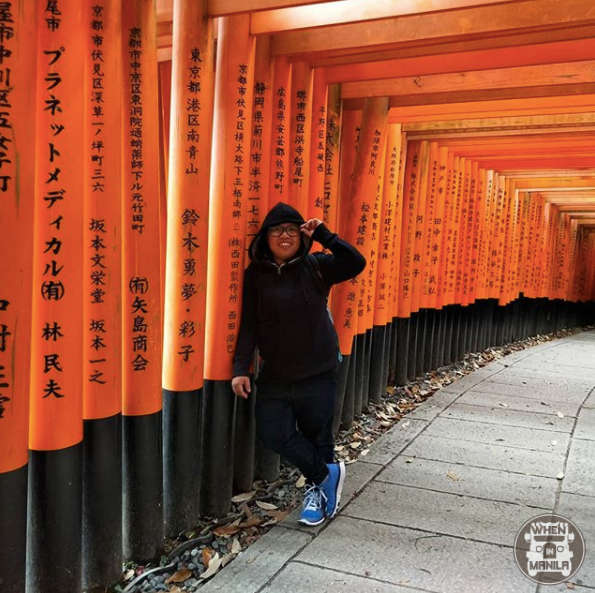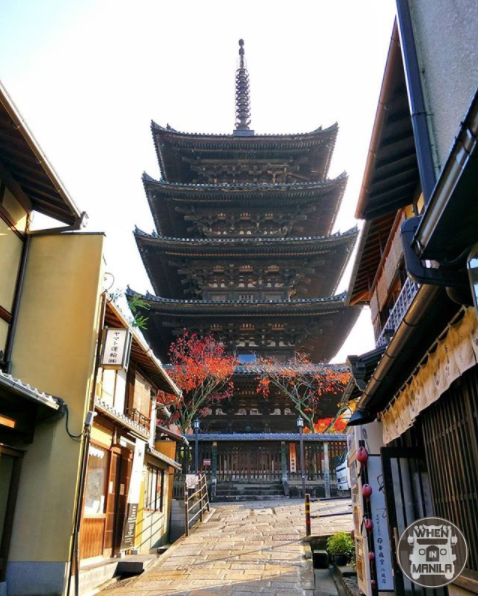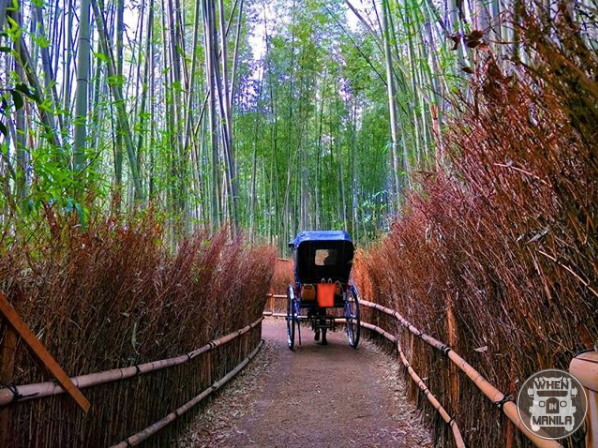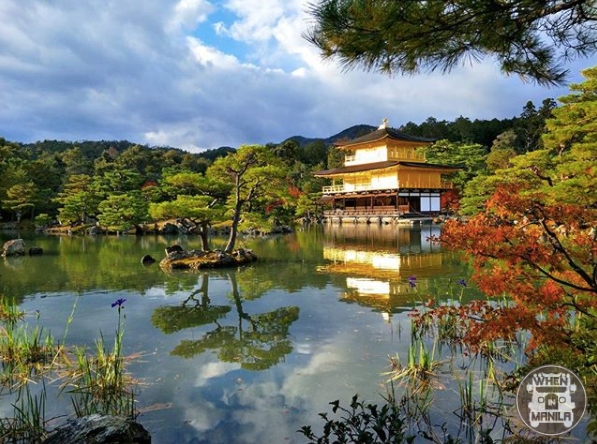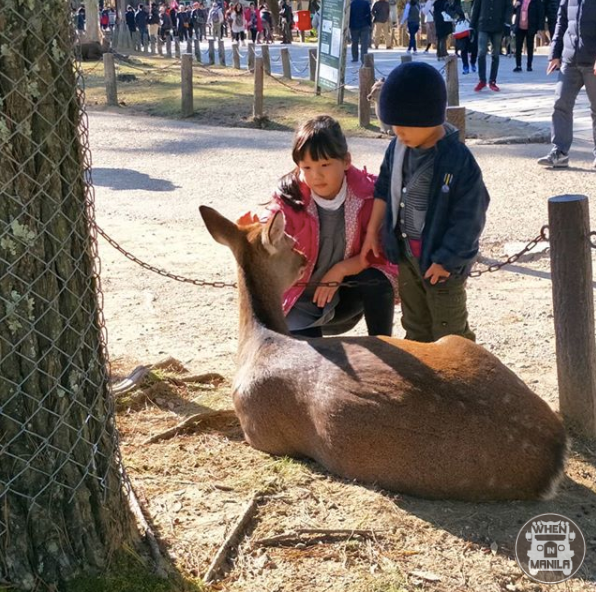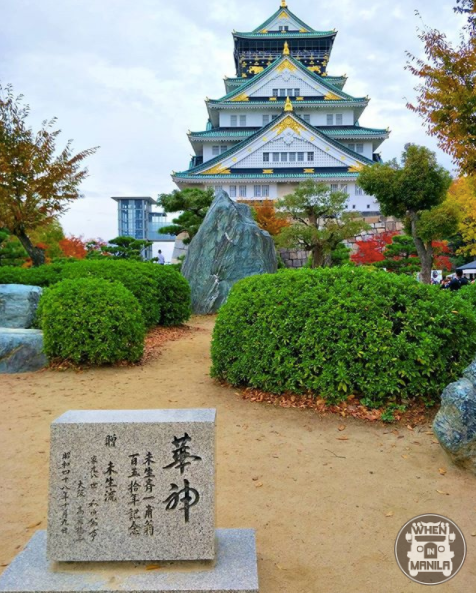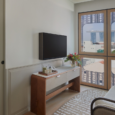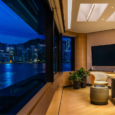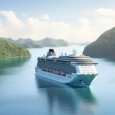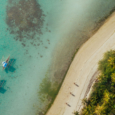For a cultural immersion in Japan, Kansai is one of the best areas to explore. If the bustling metropolis of Tokyo is too much for you then heading down south to Kansai is an amazing idea.
Kansai (Kinki region) has seven prefectures. These are Kyoto, Osaka, Nara, Hyogo (where Kobe is), Shiga, Wakayama, and Mie. For this itinerary idea, we’ll focus mainly on Kyoto, Osaka, and Nara.
Kyoto is one of the largest cities in Japan. If we were to describe it, Kyoto is a land stuck in time although there are developments all around. It is stuck in time because it has preserved a lot of its past, making it popular for its temples, castles, and shrines. Although it’s stuck in time, we find this as a good thing because people of today still get to see what Japan was like decades up to centuries in the past.
Osaka is the second largest city in Japan following Tokyo. For many centuries, Osaka has been the economic powerhouse of Kansai. Moreover, it is popular for some of the amazing food in the region.
Nara used to be the first permanent capital of Japan. Today, it is a place to visit to get up close to nature and to witness (and feed) the freely roaming and very courteous deer in Nara Park.
The following is a recommended itinerary for travelers in Kansai. It is what we did when we traveled in the region and we’d like to share it with you. It covers areas in Kyoto, Osaka, and Nara.
During our Kansai trip, we often used Klook to make our travel around the region convenient and efficient. Klook has a lot of amazing deals for the Kansai region. Sometimes, the Klook deals are even cheaper and more convenient because we were able to book them in advance and just pick up our passes when we landed at the Kansai Airport.
Day 1: Arrive at Kansai Airport
We arrived at around 9 PM in the Kansai Airport. After passing through immigration and customs, we picked up our Klook passes in a booth located in the lobby of the airport. We also got our 4G Unlimited Japan Wi-Fi from Klook. It is important to have mobile data connection because this helped us navigate our way from the airport to the hotel. Moreover, we also used this to update our family and friends that we’ve landed safely in Japan.
Using our Kansai-Namba Train Pass, we boarded the train heading to our hotel in Osaka.
Our hotel was located in Namba, which is pretty close to Dotonbori. This area is popular as a nightlife and entertainment area. If you want to go on food trips, Dotonbori is also your best bet. So, we highly recommend getting a hotel near this area.
Day 2: Universal Studios Japan
We spent the entire second day in one of the most popular theme parks in Japan, Universal Studios Japan (USJ). We got our Universal Studios Japan 1-Day E-ticket from Klook. This was a smart move because we were able to enjoy a huge perk when we booked via Klook. We did not have to print the Universal Studios Japan tickets. We just showed our Klook mobile e-voucher and went straight to the gates to skip the long lines.
Inside Universal Studios Japan, if you’re a big fan of Harry Potter, you’ll definitely like the theme park because they have a section dedicated to it called the Wizarding World of Harry Potter. Don’t miss having a mug of Butterbeer too!
Check out our USJ recommendations here.
Side note: After a day in USJ, you can explore Dotonbori and have dinner there.
Day 3: Kyoto
Traveling around the Kansai region, and in Japan in general, is super convenient because of their on-time trains. However, that convenience comes with a price. A smart move to save on transportation costs is to get a Kansai West Pass JR Pass. We booked it in advance via Klook because buying it in Japan can be more expensive for a thousand Yen or so. The Kansai West Pass JR Pass can be used for JR-serviced transportation (trains, buses, and even ferries) in Osaka-Kyoto-Nara. The Kansai West Pass JR Pass is available for 1, 2, 3 and 4-day.
Based on our experience, one day is not enough to see all of Kyoto. We wanted to see more of the city, but if one day is all we have then we should maximize it.
The city offers a plethora of temples and shrines that we want to see. If you are on a tight schedule, it’s best to see some of the most recommended spots in Kyoto.
Fushimi Inari Shrine
Fushimi Inari Shrine is one of the most popular shrines in Kyoto. It is known for its thousands of torii gates that form a network of paths. The paths lead up into the wooded forest of the sacred Mount Inari, which stands at 233 meters and belongs to the shrine grounds.
To go to Fushimi Inari Shrine, you just need to take JR Inari Station, which is the second station from Kyoto Station along the JR Nara Line. Travel time is around 5 minutes and it costs 140 yen from Kyoto Station. The shrine is right outside the JR Inari Station and can be reached with a short walk to it.
Kiyomizu-dera Temple
Ninenzaka Street, one of the streets that lead to Kiyomizu-dera Temple
Kiyomizu-dera Temple is a UNESCO World Heritage Site and is one of the most celebrated temples in Japan. Its name translates to “Pure Water Temple”.
From Kyoto Station, take bus number 100 or 206 to Kiyomizudera. It takes around 15 minutes and it costs 230 yen. Get off at Gojo-zaka or Kiyomizu-michi bus stop. Walk uphill for about 10 minutes to reach the temple.
Arashiyama
Arashiyama is an important sightseeing spot in Kyoto. It has lots of temples and shrines, but the spot not to miss is its famous Arashiyama Bamboo Grove.
Options:
Kinkakuji Temple
Kinkakuji Temple (Temple of the Golden Pavillion) is iconic for its gold-leaf coating on the exterior of the temple. When the sun shines on it, the Temple seems to sparkle.
Kinkakuji Temple can be accessed from Kyoto Station by Kyoto City Bus numbers 101 or 205. Its travel time around 40 minutes and it costs about 230 yen. Another route is to take Karasuma Subway Line to Kitaoji Station (15 minutes, 260 yen) and take a taxi (10 minutes, 1000-1200 yen) or bus (10 minutes, 230 yen, bus numbers 101, 102, 204 or 205) from there to Kinkakuji.
Day 4: Nara
In our experience, a half day visit to Nara Park is enough to explore the park grounds and see the famous deer of Nara. So, we saved it for our last day before we flew out of Japan at night.
To get to Nara Park, take the train to Kintetsu Nara Station or JR Nara Station. From Kintetsu Nara Station, the park just a 5-minute walk. From JR Nara Station, the park is a 20-minute walk.
Side note: If there’s still time when you get back from Nara Park to Osaka, you can drop by Osaka Castle.
Make sure that you’ve packed the night before so you can still spend the fourth day exploring.
Then, head to Kansai Airport and don’t miss your flight back home.
Tips for the Kansai trip:
- A JR West Rail Pass can come in handy when traveling among prefectures such as Osaka to Kyoto, Osaka to Nara, and vice-versa.
- For within city travels, getting an ICOCA card is recommended.
- Rent out a pocket Wifi from the airport. Having a pocket Wifi isn’t only handy for uploading photos on your social media accounts, it is also useful in checking routes. Based on experience, Japan transportation is accurate and so are the results that you can find on Google Maps or Waze.
- For a hassle-free trip, book through Klook. Doing this saves time. Sometimes, getting passes in advance through Klook is cheaper rather than buying when you arrive in Japan. Moreover, there are Klook passes like the Universal Studios Japan pass that lets you skip the long lines by just presenting your e-voucher.
Any other places you’d like to see in Kansai? Any other travel tips? Share them with us!

